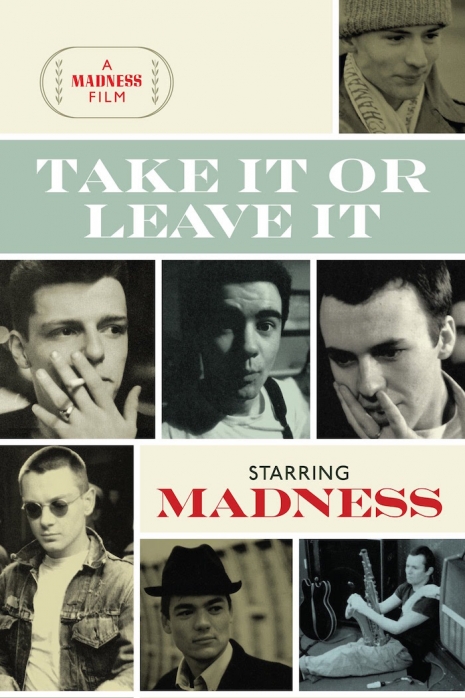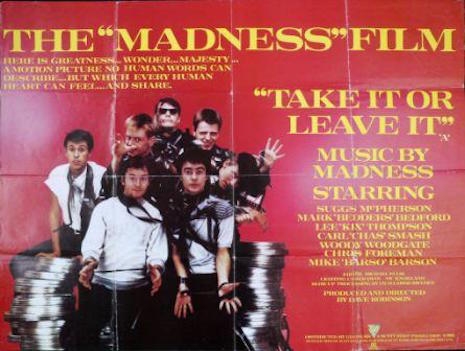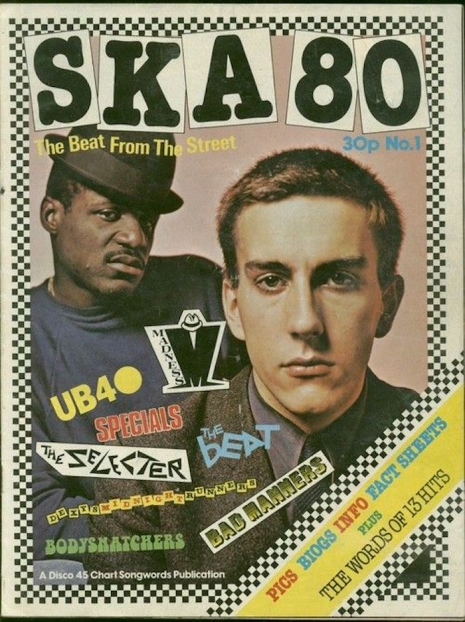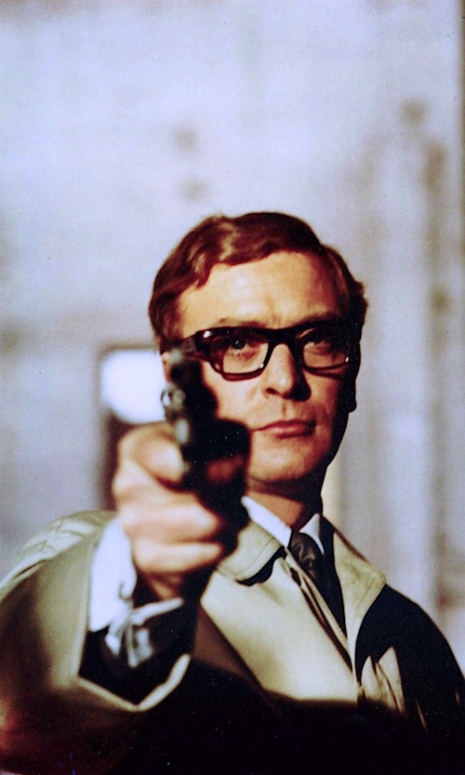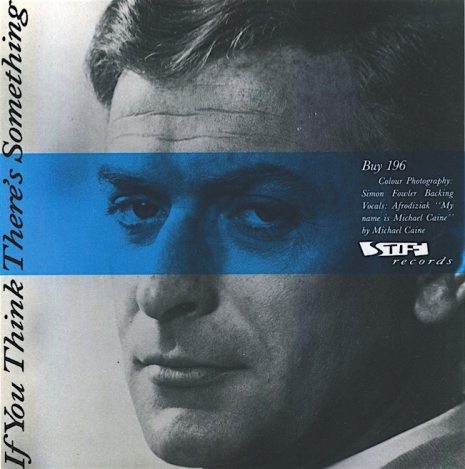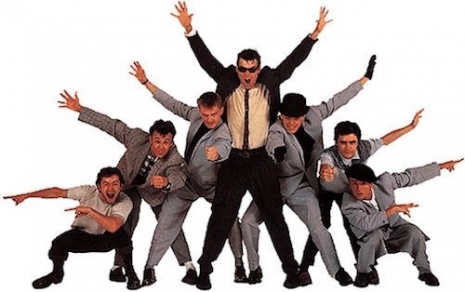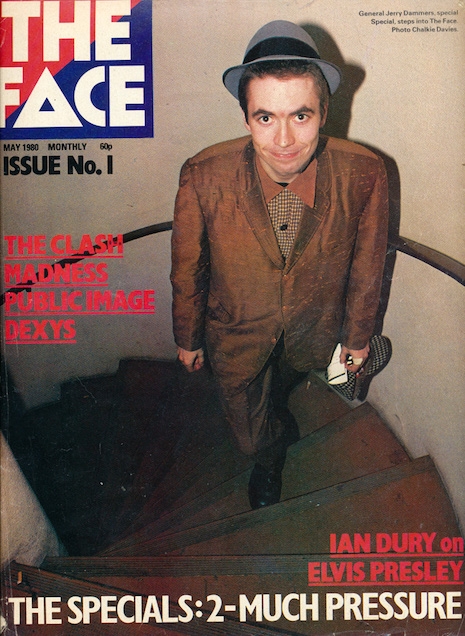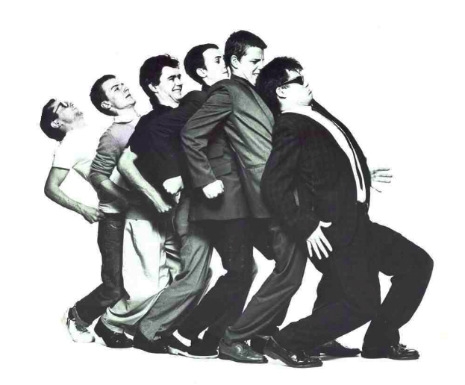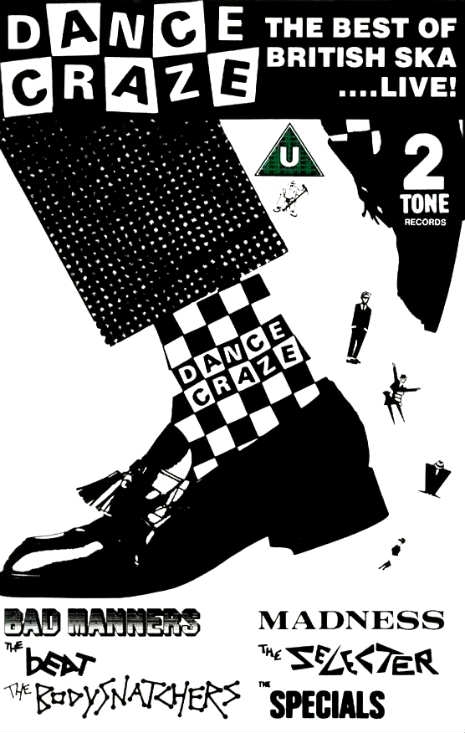
Superfans in the sixties.
I don’t suppose I fit the requirements to be called a superfan, well, unless you count having a cheeky wank to a Kate Bush video when I was much younger. Probably not. But I did once (all too briefly) date a tall blonde David Bowie superfan, who probably only ever went out with me because of my passable impression of the Thin White Duke. My vocal dexterity was convincing enough for this dear sweet girl to demand I serenade her with one or two of her favorite Bowie songs during our more intimate moments. I knew it could never last. There was only so long I could sing “The Laughing Gnome” without losing my ardor.
Back in January 1984, Smash Hits music magazine went in search of a selection of typical eighties superfans. They discovered a band of girls and boys who had an overwhelming passion for all things Bowie, Presley, Duran Duran, Culture Club, Madness, Staus Quo, and even Marillion. These young things gave some sweet and occasionally strange answers as they tried to explain exactly what it means to be a “superfan.” Their answers were compiled into a strange format—as if the writer was attempting to cram in as many words as possible into one sentence without thought for punctuation or even explaining who exactly was talking (Me). But that’s not so important as we do get to hear what it meant to be young(-ish) and obsessed with music in the 1980s.
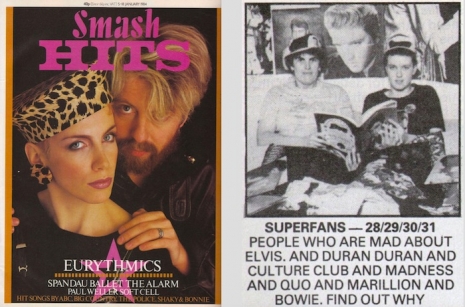
Smash Hits 5-18 January 1984.
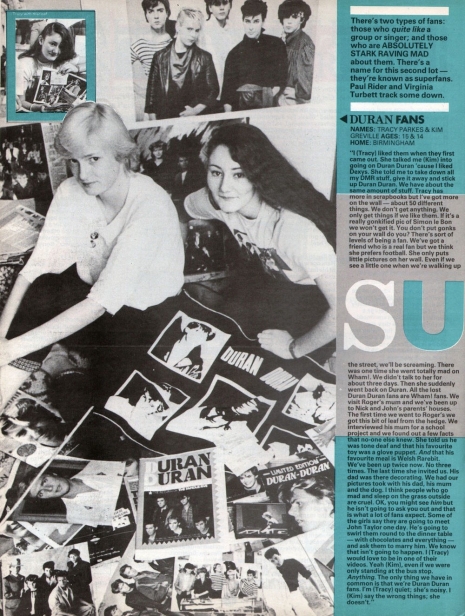
DURAN FANS
NAMES: TRACY PARKES & KIM GREVILLE
AGES: 15 & 14
HOME: BIRMINGHAM“I (Tracy) liked them when they first came out. She talked me (Kim) into going on Duran Duran ‘cause I liked Dexys. She told me to take down all my DMR stuff, give it away and stick up Duran Duran. We have about the same amount of stuff. Tracy has more scrapbooks but I’ve got more on the wall—about 50 different things. We don’t get anything. We only get things if we like them. If it’s a really gonkified pic of Simon le Bon we won’t get it. You don’t put gonks on your wall do you? There’s sort of levels of being a fan. We’ve got a friend who is a real fan but we think she prefers football. She only puts up little pictures on her wall. Even if we see a little one when we’re walking up the street, we’ll be screaming. There was one time she went totally mad on Wham!. We didn’t talk to her for about three days. Then suddenly she went back to Duran. All the lost Duran Duran fans are Wham! fans. We visit Roger’s mum and we’ve been up to Nick and John’s parents’ houses. The first time we went to Roger’s we interviewed his mum for a school project and we found out a few facts that no-one else knew. She told us he was tone deaf and that his favourite toy was a glove puppet. And that his favourite meal is Welsh Rarebit. We’ve been up twice now. No three times. The last time she invited us. His dad was there decorating. We had our pictures took with his dad, his mum and the dog. I think people who go mad and sleep on the grass outside are cruel. OK, you might see him but he isn’t going to ask you out and that is what a lot of fans expect. Some of the girls say they are going to meet John Taylor one day. He’s going to swirl them round to the dinner table—with chocolates and everything—and ask them to marry him. We know that isn’t going to happen. I (Tracy) would love to be in one of their videos. Yeah (Kim), even if we were only standing at the bus stop. Anything. The only thing we have in common is that we’re Duran Duran fans. I’m (Tracy) quiet; she’s noisy. I (Kim) say the wrong things; she doesn’t”
More superfans discussing their love of Staus Quo, Madness, Elvis Presley and David Bowie, after the jump….






